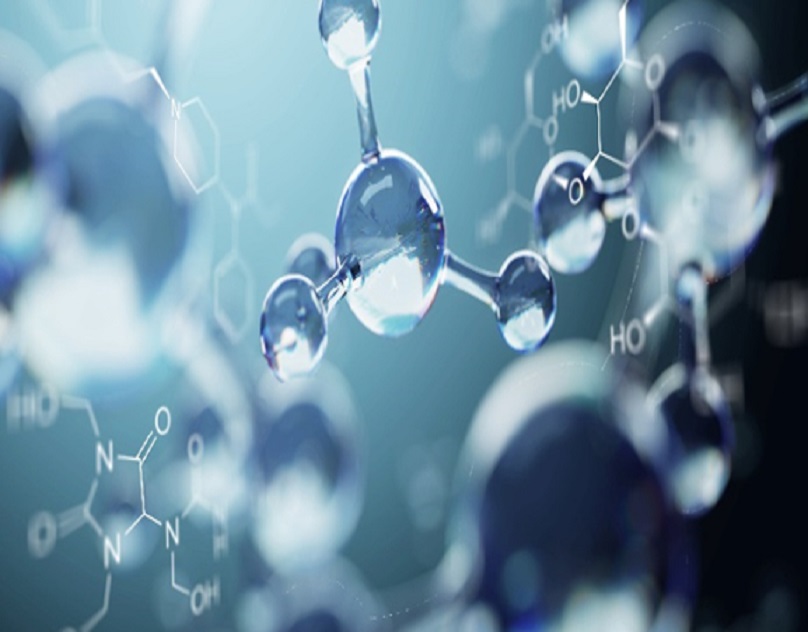Microbial limit test is performed to determine whether drug products comply with an established specification for microbial quality. USP <61> and USP <62> for objectionable organisms are usually the guidelines for testing as specified by FDA requirements. In most cases, the microbial limit test covers the following three test items:
Total Aerobic Microbial Count
In this step, the total number of aerobic organisms is determined, which is an important indicator to measure the hygienic quality of medicines.
Total Combined Yeasts and Mold Count
In this step, the number of contaminated viable bacteria (yeasts and mold) in the unit mass, volume or area (g, ml or 10cm2) of the drug is detected. The measurement result can be used to judge the degree of contamination of the medicine and to evaluate the sanitary quality of the medicine.
Screening Test for Specified Microorganisms
For non-sterile pharmaceutical products, the number of microorganisms should be limited and meanwhile, pathogenic bacteria are not allowed. There are many types of pathogenic bacteria, and it is impossible to detect one by one. Therefore, judging their possibility of contamination, potential hazards, stability and operability of the detection method in the practice of drug production, some species of pathogenic bacteria, including P. aeruginosa, E. coli, S. aureus, Salmonella, Bile-tolerant gram-negative bacteria, C. albicans, Clostridium, Burkholderia cepacia complex (Bcc), are required to be tested to ensure the safety of medication.
However, it is not necessary to test all the eight bacteria for a certain drug formulation. To decide which types of pathogenic bacteria to be tested, researchers will take into consideration factors such as the dosage form, route of administration, source of raw materials, or medical purpose of the drug.
Significance of microbial limit testing
l To determine whether the drug is contaminated or its degree of contamination, and control the quality of drugs
Microorganisms widely exist in nature. Drugs are easily contaminated during production, transportation and storage. Under suitable conditions, microorganisms can grow and multiply quickly, leading to deterioration of medicines and affecting quality. Through the drug microbiological limit test, it is possible to understand whether the drug is contaminated and its degree of contamination, to find out the source of the contamination, and to adopt appropriate methods to control it to ensure the quality of the drug.
l To ensure the effectiveness and safety of medications
For drug commodities, both safety and effectiveness are important. On the one hand, drug safety is determined by whether the chemical composition and content of the drug are safe, and on the other hand, drug safety is determined by whether the drug is contaminated by microorganisms. There are many types of microorganisms. After contaminating drugs, they may decompose the effective ingredients of drugs, resulting in reduced or lost efficacy. At the same time, the toxic metabolites of microorganisms and some pathogenic microorganisms can also cause adverse reactions or secondary infections to patients. Therefore, microbial limit testing for non-sterile drug products is one of the important measures to ensure the quality, safety and effectiveness of medication.
l To be used as one of the bases for measuring the sanitation level of the whole process of drug production
Microbial contamination can occur in various aspects of drug production process such as raw and auxiliary materials, water, air, workshop equipment and packaging materials. To prevent pollution, corresponding measures shall be formulated to strengthen sanitation management to ensure environmental sanitation, material sanitation, process sanitation, plant sanitation and personnel sanitation in drug production. The result of the microbial limit test can reflect the sanitation management level of the production enterprise.
CD Formulation is a leading supplier of excipients. Moreover, equipped with a cGMP-compliant lab and state-of-the-art analytical instruments, CD Formulation is capable of providing valuable insights in all aspects of pharmaceutical formulation development and dosage form optimization. For example, the company recently announces to provide analytical services such as crystallinity determination for a variety of solid dosage forms.





Comments